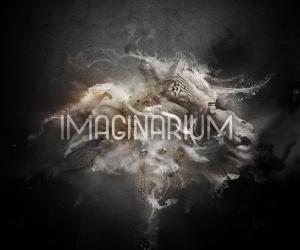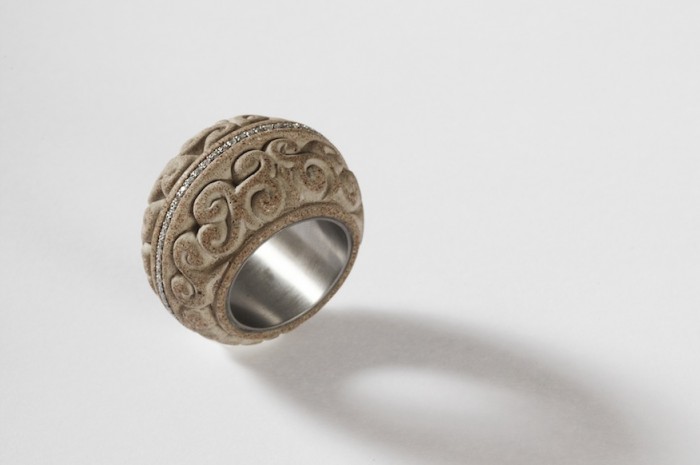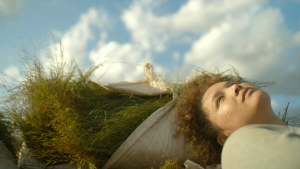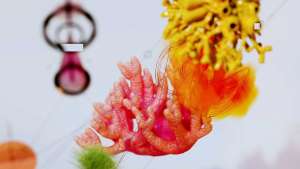From the Series
Don’t underestimate cement. For a material that is known for it’s strength, it can be sculpted into surprisingly delicate and intricate forms, given a feeling of lightness, movement and modernity. This contrast of strength in material and fluidity in form can lend designs made in cement a striking individuality.
One product that transforms concrete from an everyday construction material into an aesthetic and functional statement is Concrete T L Speaker, designed by Martin Bolton and Craig Tyndall, which won the PPC Imaginarium Awards. A finalist in the industrial design category, the speaker combined concrete cement, leather and acrylic.
“For the construction of the concrete speaker we were inspired by the works of Heinz Isler and Felix Candala, who are renowned for pushing the limits of thin shell concrete structures,” said the winning designers. “The shape of the speaker horn, reminiscent of the indigenous African trumpet made of Kudu horn, carries the sound towards the audience.”
Southern African cement producer PPC launched the Imaginarium Awards in 2014 to showcase the work of young creatives pushing the boundaries of what is possible with Portland cement-based concrete. The awards spanned six categories seeking innovation in the fields of architecture, film, sculpture, fashion, jewellery and industrial design. To train artists in using this material, PPC hosted one-day workshops around the country. Category-winners were given generous cash prizes and opportunities for mentorships with thought-leaders with a further monetary prize given to the overall winner.
The awards were judged by industry professionals including architects Mokena Makeka and Profesor Ora Joubert; industrial designers Adriaan Hugo and Katy Taplin of Dokter and Misses; fashion designers David Tlale and Tiaan Nagel; jewellers Verna Jooste and Cari-Mari Wilsenach; artists Dianne Victor, Kay Potts and Ledelle Moe; and filmmakers Wessel van Huysteen and Beathur Mgoza Baker.
PPC Imaginarium director and architect Daniel van der Merwe said of Bolton and Tyndall's design: “The winning piece is not only an original approach to the functional dictates of a speaker design, but executes it in an uniquely sculptural way. This is a demonstration of the versatility of concrete as product design.”
Five of the finalists, including the ultimate winner, are shown below. A sixth finalist came from the film category. Arni and Andre Coetzee's Pas De Deux in Dust is a short film that reimagines the little-known biblical story of Lilith, a creator in a universe of cement and brick. Lilith spends her time infinitly sculpting figures, searching for a partner within her material. The film aims to challenge the traditional roles of "creator" and "creation".
Bolton and Tyndall will share the grand prize of R100 000. Each category winner received R50 000 while all the runner–ups walked away with R15 000 each. In addition to the monetary prizes, category winners were mentored by various thought leaders in their respective industries, such as trend forecaster Dion Chang.
The winners of all six categories were exhibited at Design Indaba Expo 2015.
The PPC Imaginarium exhibition is open to the public until 28 March 2015 at Youngblood Foundation Gallery, Bree St, Cape Town.












